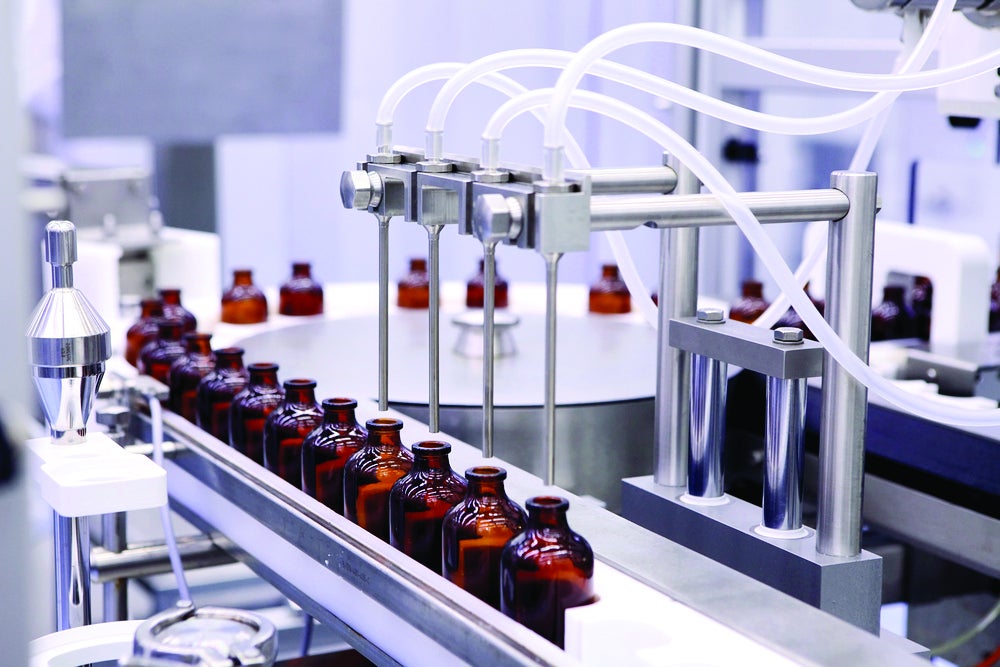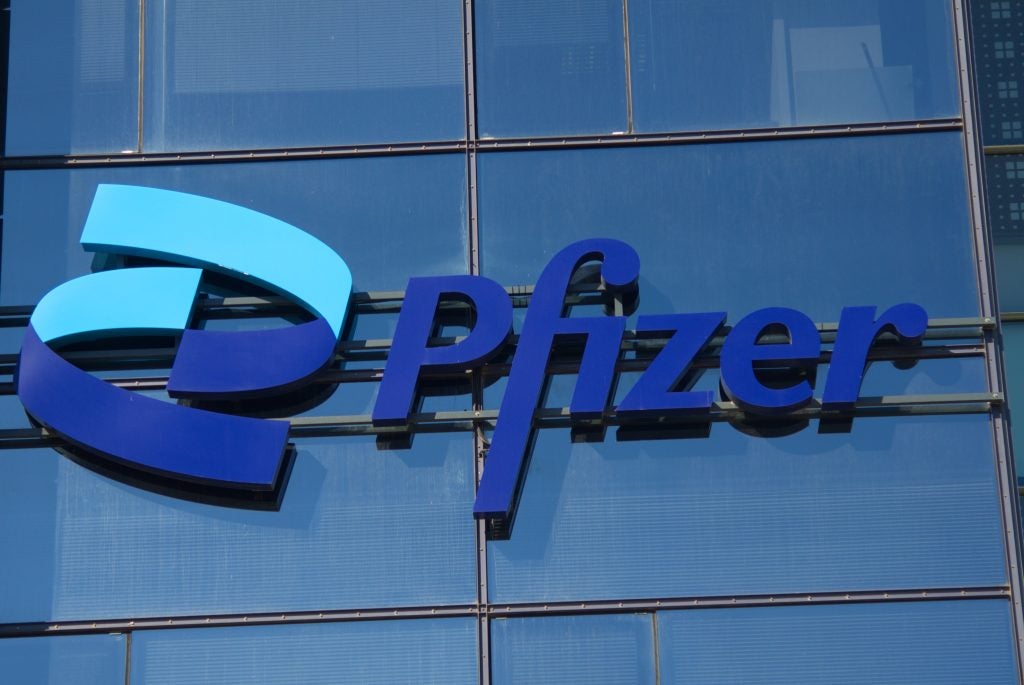
When biopharmaceutical companies plan clinical trials, they often underestimate the challenges of securing adequate supplies of the product being tested. While clinical research professionals put much thought into protocol design, site selection and patient recruitment, the development, manufacture and supply of the physical product itself is typically the responsibility of a CMC (Chemistry, Manufacturing and Control) development team that works in parallel to the clinical team under a totally different regulatory regime (GMP vs GCP). Because clinical professionals (and investors) don’t have a full appreciation of the requirements of GMP, trial start dates and milestones are often missed because availability of the drug candidate has not been fully considered.
CMC development is a complex multi-year process typically involving at least four different categories of service providers (drug substance manufacturers, drug product manufacturers, analytical laboratories, and clinical packagers) and regulatory requirements that can take many months to satisfy. In the current industry environment, where burgeoning technology options and readily-available external financing have led to an explosion of new drug development activity, supplier capacity constraints often lengthen the development process even further.
The biopharmaceutical industry is served by hundreds of contract development and manufacturing organizations (CDMOs) that provide the development and manufacturing capabilities to get drug candidates into the clinic. CDMOs can facilitate the preparation of the clinical drug product for studies, and are actively expanding their capabilities to meet the needs of the growing drug pipeline. Understanding what they do and the challenges they face is critical to proper planning and implementation of clinical trials.
Key Elements of CMC development
The preparation of a new drug candidate requires multiple steps typically involving multiple different suppliers:
- The active pharmaceutical ingredient (API), also known as the drug substance, must be manufactured. A manufacturing process must be developed and scaled up to make ever larger quantities of the API at a reasonable cost. This process can be complex and time-consuming, and in the case of small molecule candidates, will typically involve multiple raw material and intermediate suppliers. It can take months to get a supply of API under the best of circumstances, and in the current industry environment, biopharmaceutical companies can expect to wait an extra six-to-twelve months for a production slot at their supplier.
- The dose form of the candidate, also known as the drug product, must be manufactured. This requires quantities of the API plus some formulation development that gets more complex as the candidate moves through the clinical trial process. Here again, strong market demand can easily mean a six-month delay getting a manufacturing slot at a contract manufacturer, especially if the drug is in an injectable dose form.
- Analytical methods must be developed and the API and drug product tested for potency, purity, uniformity and stability. Analytical methods are the basis for quality control in drug manufacture, and they are typically developed as part of process and formulation development. Once developed, they are used to release the finished product for use in trials or for commercial sale. A key step, testing the stability of the API and drug product in storage conditions, can add three-to-six months to the development process.
- Packaging of the drug is an extremely complex process because it involves the design of packaging that can protect the drug product across a long and arduous distribution path, incorporate comparators and placeboes, and blind the test article from the physician and patient. Distribution of the packaged clinical supplies is often global and often involves multiple hand-offs and maintenance of a cold chain, while complying with a multiplicity of national drug regulations and import/export requirements.
The costs of developing and manufacturing the drug candidate can be quite high. While a small molecule drug can be developed for Phase I testing for as little as $1 million, a biologic can be nearly five times as expensive. What’s more, the costs will rise rapidly in later stages as the quantities of drug increase and formulation, and packaging requirements become more sophisticated.
POC Model
In order to speed early development and rein in the financial resources required, externally-financed emerging bio/pharma companies have developed a model of drug development that delays the major costs of new drug development to after proof of concept is achieved. Often referred to as the Proof-of-Concept (POC) strategy, this approach involves doing the minimum amount of development work necessary to meet IND filing requirements and get the new drug candidate into the clinic as quickly and cheaply as possible.
How well do you really know your competitors?
Access the most comprehensive Company Profiles on the market, powered by GlobalData. Save hours of research. Gain competitive edge.

Thank you!
Your download email will arrive shortly
Not ready to buy yet? Download a free sample
We are confident about the unique quality of our Company Profiles. However, we want you to make the most beneficial decision for your business, so we offer a free sample that you can download by submitting the below form
By GlobalDataIn pursuing the POC strategy, companies delay expensive activities like commercial formulation development, manufacturing process scale-up, and sophisticated clinical packaging until after Phase IIA, which is the typically the first point where human efficacy is demonstrated. While putting off those activities can delay commercial launch by months or years, the low probability of success for early phase candidates make the trade-offs of the POC strategy acceptable for cost-effective drug development. Even though they do not face the same financial constraints as emerging biopharma companies, most global bio/pharma companies – i.e., “Big Pharma” – have also adopted the POC model as the pressure to improve their R&D efficiency has increased.
Proof of Concept Development Model

Amendments to the POC Model
While the POC model is cost-effective it is not without risk, and biopharmaceutical companies may need to make some adjustments to protect their programs from premature failure. The nature of many pipeline candidates, and a more favorable regulatory environment, have created some new challenges and opportunities that companies can address by investing a little more in the early stages of product development.
For instance, many of today’s small molecule compounds are poorly soluble and may suffer from poor bioavailability. Without some development work to enhance solubility, sponsors could be forced to administer larger doses of scarce and expensive API to get a therapeutic response. However, the higher doses could create patient compliance and toxicity issues.
Further, many small molecule compounds are highly potent, either because they have therapeutic effect at very low doses or because they are cytotoxic or otherwise potentially harmful to patients and manufacturing staff. The high potency must be addressed in early development even if long-term toxicology studies establish a lower risk.
For biologics, a major challenge is how to main product stability and potency while in the supply chain. Biologics are especially sensitive to heat, even ambient temperatures, and will quickly lose potency if not maintained in appropriate temperature conditions or formulated to resist degradation. As many clinical trials are conducted globally, product stability is a critical consideration in development.
On the positive side, regulators have created opportunities to accelerate drug development for therapies addressing unserved needs or showing high efficacy and safety. In the U.S., the FDA has introduced multiple accelerated pathways, including Breakthrough, Fast Track and Accelerated Review designations. This can mean a drug could be approved on a commercial scale without completing a typical three-phase trial process. This is good news for the sponsor and the patient, but the accelerated approval is often out of step with the development of the physical product, which is much more difficult to shortcut.
CDMOs Respond
As the nature of new drug candidates and the drug development process have evolved, CDMOs have expanded their offerings to provide solutions to the changing needs of sponsors. The CDMO response has included new capacity, new technology and even new business models:
- To address issues related to solubility, CDMOs have added technologies that enhance solubility and bioavailability including micronization, hot melt extrusion, spray-dried dispersions and advanced formulations involving nanotechnologies. While only a handful of CDMOs can provide these technologies at commercial scale, many can and do provide them at scales appropriate for early phase trials. Just as importantly, some CDMOs have added rapid profiling services that can determine the most appropriate solubility-enhancing technology for a specific drug in a short time and with limited use of scarce API.
- CDMOs are addressing the capacity shortages that are elongating trial preparation timelines. More have added the ability to handle highly potent products for manufacturing and packaging, and CDMOs that already have that capability are adding capacity. This is true for both highly potent APIs and dose forms, especially injectables.
- CDMOs are investing in more conventional capacity as well, integrating new technologies that can increase their responsiveness. This includes installation of single-use bioreactors, basically large plastic bags that are replacing the traditional steel tank bioreactor vessels. The single use systems are less expensive than steel tanks, so CDMOs can invest in more of them. The single use contact parts (bioreactors, tubing, and other components that touch the product) reduce the need for cleaning vessels between batches, so switchovers between products can be accomplished more quickly. Single use technology is also accelerating dose manufacture, especially for injectable products.
- Clinical packaging and distribution companies have expanded their capabilities to respond to the increasingly complex clinical trial logistics. They have built out their networks of clinical supply depots to ensure supplies can be safely stored in close proximity to clinical sites anywhere in the world. They have worked with packaging suppliers to develop packaging materials that ensure maintenance of the cold chain on long shipments, and with logistics companies to be able to track shipments on a real time basis. They can procure comparators and other materials needed for kits, and have initiated direct-to-patient shipping that makes it more convenient for trial subjects to get their meds without having to go to the clinic.
The ultimate CDMO industry response to current market demands is the full service CDMO, often called the “one stop shop.” A full service CDMO can develop and manufacture both the API and the dose form, often at both clinical and commercial scales. Some also have sophisticated clinical packaging capabilities. The potential advatages for the client include potentially faster and easier hand-offs between API manufacture and dose manufacture because only a single manufacturer is involved; and faster and less expensive supplier search and management. However, it remains to be seen whether full service CDMOs can really deleiver those benefits, and whether those benefits justify the trade-off of using the supplier best suited for each step of the process.
Ensuring an Adequate Supply of Product
Given that the very purpose of a clinical trial is to test the efficacy and safety of a drug candidate, it is surprising how often the supply of the physical product is given short-shrift. Yet, drug supply is often a source of delay in trial start and that delay can mean missing windows of opportunity with the clinical sites, patients, and CRO running the study.
To ensure adequate drug supply for clinical studies, emerging biopharma companies will do well to keep the following points in mind:
- Integrate physical product development into clinical trial planning. Make sure CMC development staff are part of the planning team, and that securing clinical trial supplies is on the critical path for trial implementation.
- Have clear expectations of the time it will take to manufacture and package clinical supplies, and the associated costs. Be sure to incorporate the time needed for product release and stability studies, and expect significant waits to get production slots at CMOs and for delivery critical raw materials.
- Make the necessary investment to characterize the molecule so you understand key attributes like solubility, potency and stability. If these attributes are likely to pose obstacles to efficacy or safety, make the necessary investments to make sure your candidate has the best possible chance of clinical success.
- Leverage the capabilities and experience of the CDMO. The better ones have had experience with many different candidates and have resolved a broad range of formulation and manufacturing problems. But be sure to conduct thorough due diligence on the CDMO to ensure it is has the claimed capability and experience, is financially stable and can meet promised delivery timelines.







